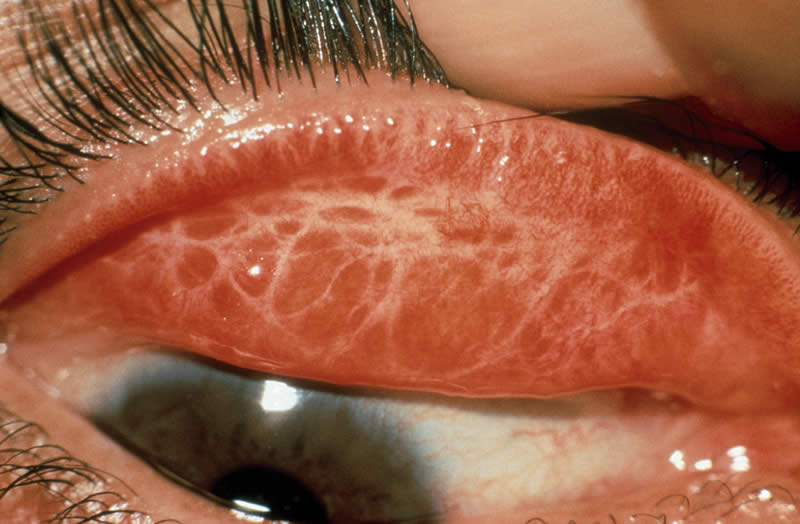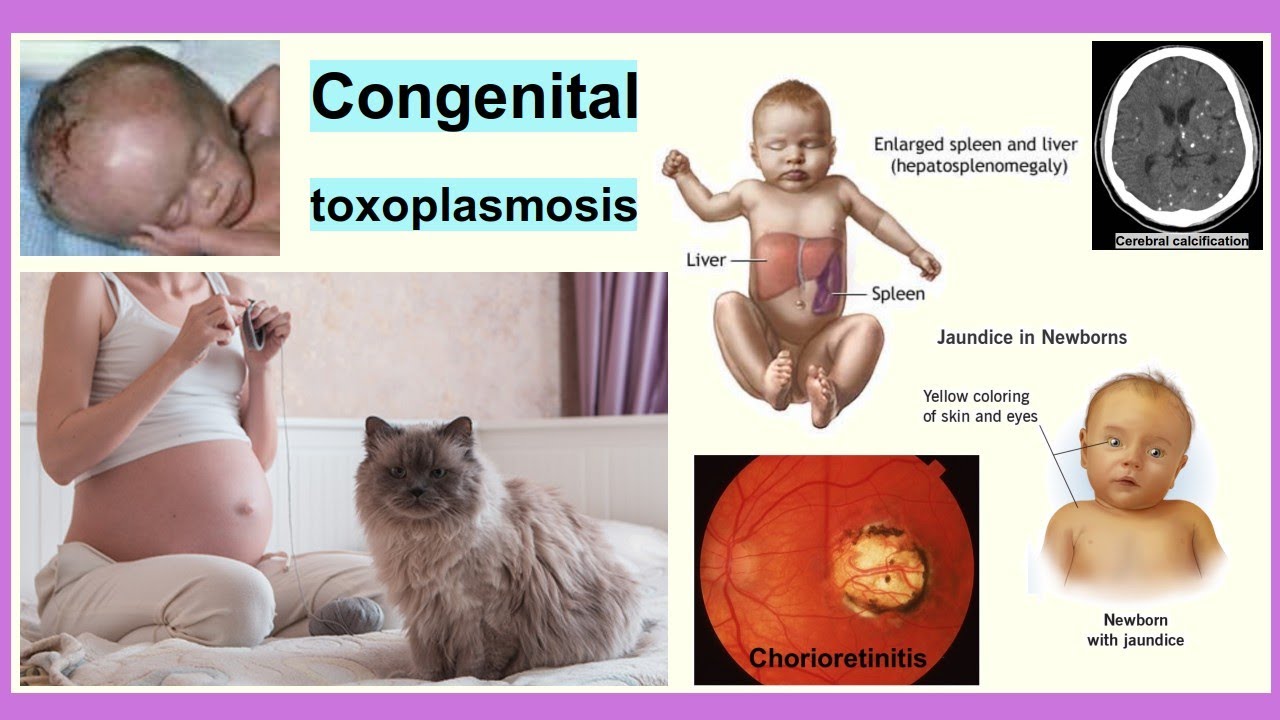-

Foreign body in the Eye
FOREIGN BODY IN THE EYE Foreign object in the eye is something that enters the eye from outside the body. A foreign body in the eye refers to any external object or substance that enters and remains within the ocular structures, causing discomfort, irritation, or injury. It can be anything that does not naturally belong…
-

Stye (Hordeolum).
Stye Lecture Notes for Nurses Stye or Hordeolum A stye is a painful, red lump that forms on the edge of the eyelid. It is an acute infection of a small gland in the eyelid, most commonly caused by the bacterium Staphylococcus aureus. The medical term is Hordeolum. A stye is a localized infection of…
-

Trachoma
Trachoma Trachoma is contagious infection of the conjunctiva and cornea characterized by formation of granulation and scarring Trachoma is a contagious bacterial infection which affects the conjunctival lining covering of the eye, the cornea and the eyelids. Is a Greek word meaning “ Roughness” Etiology Trachoma is caused by the Chlamydia trachomatis bacteria and is…
-

Hypoxic Ischemic Encephalopathy
Hypoxic Ischemic Encephalopathy Hypoxic Ischemic Encephalopathy (HIE) is a type of newborn brain damage caused by oxygen deprivation and limited blood flow. Hypoxic Ischemic Encephalopathy is when the brain does not get enough oxygen, permanent brain damage can result. Hypoxic Ischemic Encephalopathy is a type of birth injury; this is a broad term used to refer to…
-

Conjunctivitis
Conjunctivitis Conjunctivitis is an inflammation of the lining of the eye and eyelid caused by bacteria, viruses, chemicals or allergies, fungal, parasites. It is characterized by dilatation of the conjunctival vessels, resulting in hyperemia and edema of the conjunctiva, typically with associated discharge. It’s the most common cause of red eye usually painless and characterized…
-

Eye Anatomy and Physiology
Eye Anatomy. Eye is the organ for sight. The globe-shaped eyeball occupies the anterior part of the orbit/eye socket. The eyeball is embedded in the orbital cavity. The eye contains the receptors for vision and a refracting system that focuses light rays on the receptors in the retina. Diagram Showing the structure of the Eye.…
-

Intracranial Hemorrhage
INTRACRANIAL HEMORRHAGE An intracranial hemorrhage is a type of bleeding that occurs inside the skull (cranium). Bleeding around or within the brain itself is known as a cerebral hemorrhage (or intracerebral hemorrhage). Bleeding caused by a blood vessel in the brain that has leaked or ruptured is called a hemorrhagic stroke. All bleeding within the…
-

Congenital Toxoplasmosis
Congenital Toxoplasmosis Congenital toxoplasmosis is a disease that occurs in fetuses or new-borns infected with Toxoplasma gondii, a protozoan parasite, which is transmitted from mother to fetus. It can cause miscarriage or stillbirth. It can also cause serious and progressive visual, hearing, motor, cognitive, and other problems in a child. In healthy people it causes…
-

Assessment of the Mentally Ill
Mental Health Assessment The psychiatric interview is the most important tool in psychiatry. It is the primary tool used to understand a patient’s problems, elicit signs and symptoms, uncover etiologies, and identify complications. This process is essential to making an accurate diagnosis, initiating treatment, and predicting outcomes. A mental health assessment is a comprehensive evaluation…
-

Mental Health
MENTAL HEALTH Mental health is a state of balance between the individual and the surrounding world. Mental health is a state of harmony between oneself and others. Mental health is a co-existence between the realities of the self and that of other people and that of the environment. HEALTH; it is a state of well…
